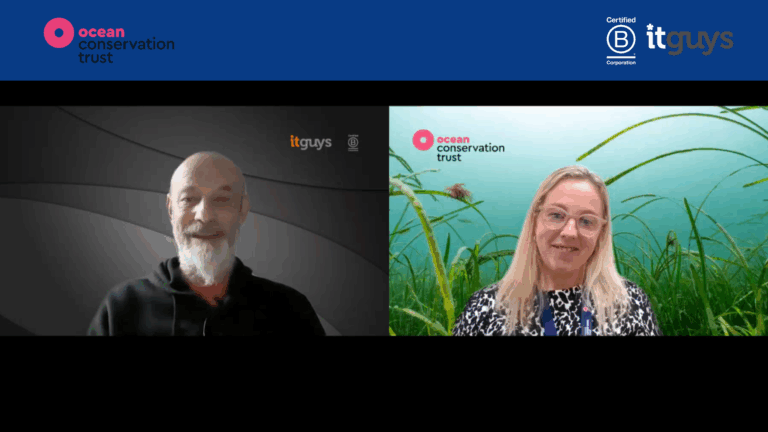Tech plays a vital role in the success of charities.
An effective IT strategy can enhance operational efficiency, improve communication, and enable nonprofits to better serve their mission and constituents. However, developing a comprehensive IT strategy requires careful consideration and planning. In this article, we will discuss key considerations that charities should keep in mind when writing their IT strategy.
1. Align IT Strategy with Organisational Goals:
The first step in developing an IT strategy is to align it with the overall goals and objectives of the charity. Understand the specific needs and challenges of your organisation and how technology can support and enhance your mission. Identify areas where technology can streamline processes, improve communication, or enable better data management. By aligning your IT strategy with your organisation’s goals, you ensure that technology initiatives are purposeful and directly contribute to the success of your charity.
2. Assess Current IT Infrastructure and Capabilities:
Before developing an IT strategy, it is crucial to assess your charity’s current IT infrastructure and capabilities. Evaluate the effectiveness and efficiency of existing systems, hardware, software, and networks. Identify any gaps or areas for improvement. Consider scalability, security, and compatibility with future technology advancements. This assessment will help you identify areas where investment or upgrades may be necessary and inform the development of your IT strategy.
3. Involve Stakeholders and IT Professionals:
Developing an IT strategy should be a collaborative effort involving key stakeholders within the organisation, including staff, volunteers, and board members. Gather input from individuals who are directly involved in technology-related activities or have a deep understanding of the organisation’s operations. Additionally, consider seeking guidance from IT experts or consultants who can provide valuable insights and industry best practices. By involving stakeholders and experts, you can gain diverse perspectives and ensure that the IT strategy aligns with the needs and capabilities of the charity.
4. Prioritise Security and Data Protection:
Charities handle sensitive data, including donor information, financial records, and beneficiary details. Therefore, security and data protection should be top priorities in your IT strategy. Consider implementing robust cybersecurity measures, such as firewalls, antivirus software, and intrusion detection systems. Develop data privacy policies and procedures to ensure compliance with relevant regulations and protect the confidentiality of sensitive information. Regularly review and update security protocols to address emerging threats. By prioritising security, you safeguard the trust of donors and beneficiaries and mitigate the risk of data breaches.
5. Develop a Plan for IT Governance and Support:
An effective IT strategy should include a plan for IT governance and support. Define roles and responsibilities for managing and maintaining IT systems within the organisation. Consider establishing an IT committee or designating a dedicated staff member responsible for overseeing technology initiatives. Develop processes for handling IT requests, incident management, and ongoing support for staff and volunteers. By establishing clear governance and support mechanisms, you ensure that technology is effectively managed and utilised to support your charity’s operations.
Developing an IT strategy is a critical step for charities looking to leverage technology to support their mission. By aligning the strategy with organisational goals, assessing current infrastructure, involving stakeholders and IT experts, prioritising security, and developing governance and support plans, charities can create a roadmap for effective technology utilisation.
An IT strategy that addresses the specific needs and challenges of the charity will enable nonprofits to optimise their operations, enhance communication, and better serve their beneficiaries and supporters.






